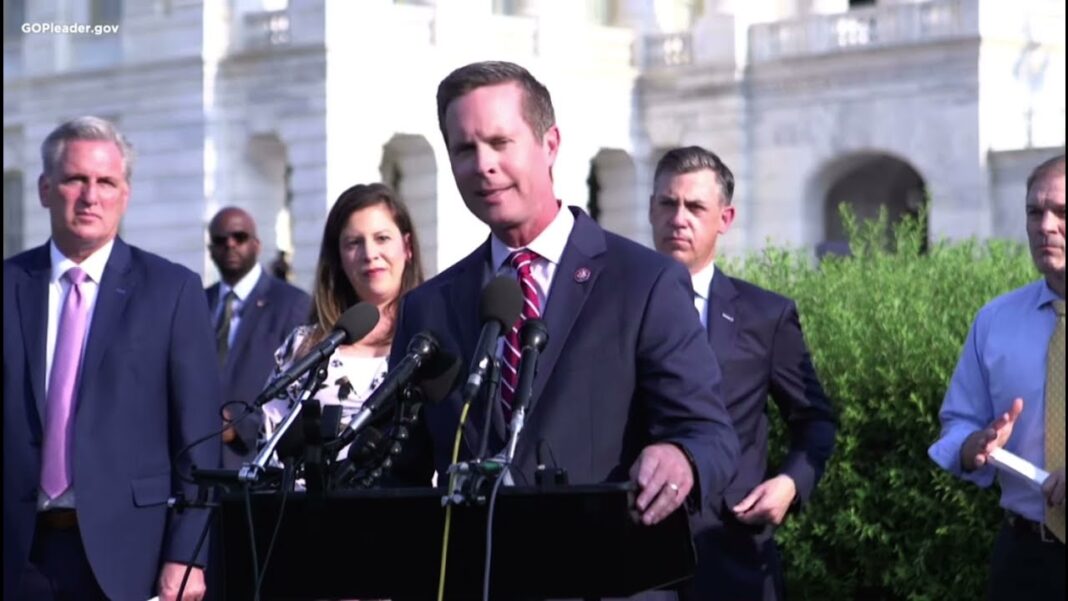
The U.S. Department of Energy approved the release of 2 million barrels of crude oil to ExxonMobil from the Strategic Petroleum Reserve (SPR) on Dec. 30 as part of an initiative begun in November by the federal government to reduce gasoline prices in the country.
This is the third exchange of crude oil with ExxonMobil. Currently, the Department of Energy (DOE) has supplied more than 7 million barrels from the SPR in an effort to boost the fuel supply. An exchange refers to a situation in which oil entities such as refineries borrow critical supplies from SPR, which the companies have to replace in full, along with an additional amount that’s dependent on how long they kept the oil.
“Exchanges usually occur during severe weather events, such as hurricanes or in response to temporary disruptions, such as pipeline blockages and ship channel closures when a facility’s normal scheduled deliveries are interrupted,” according to the DOE.
The White House announced the plan to release 50 million barrels from the SPR as a coordinated worldwide response to high oil prices after the Organization of the Petroleum Exporting Countries allies turned down a U.S. appeal to release more crude into the market and stabilize the price.
Out of the 50 million barrels, 32 million are in the form of exchanges, which are to be replenished. As of Dec. 24, there are 595 million barrels currently in reserve. With a storage capacity of 714 million barrels, the SPR is the largest of its kind in the world, and accounts for about half of total global strategic reserves.
The SPR is supposed to be tapped in times of manmade or natural contingencies, and the release isn’t predicted by experts to have much of an effect on prices.
“President Biden’s decision to tap America’s strategic reserves—which will release just 3 days’ worth of oil onto the market—is not about a real solution to our energy crisis,” House Minority Leader Kevin McCarthy (R-Calif.) wrote on Twitter in November.
As such, the SPR release was priced in by the market and barely affected surging oil prices, which recently hit a seven-year high.
The spread of the Omicron variant of the coronavirus has disrupted the quick pace with which economies around the world were recovering from pandemic-related shutdowns. Decreased demand has mitigated the increase in oil prices, but the surge hasn’t ended, with fuel savings platform GasBuddy claiming that a $4 per gallon national average might occur sometime this year.
Most major U.S. cities could see prices peak around or just short of $4 per gallon, though some California cities such as San Francisco and Sacramento could see average prices soar to over $5 per gallon, according to GasBuddy’s 2022 Fuel Price Outlook (pdf).






